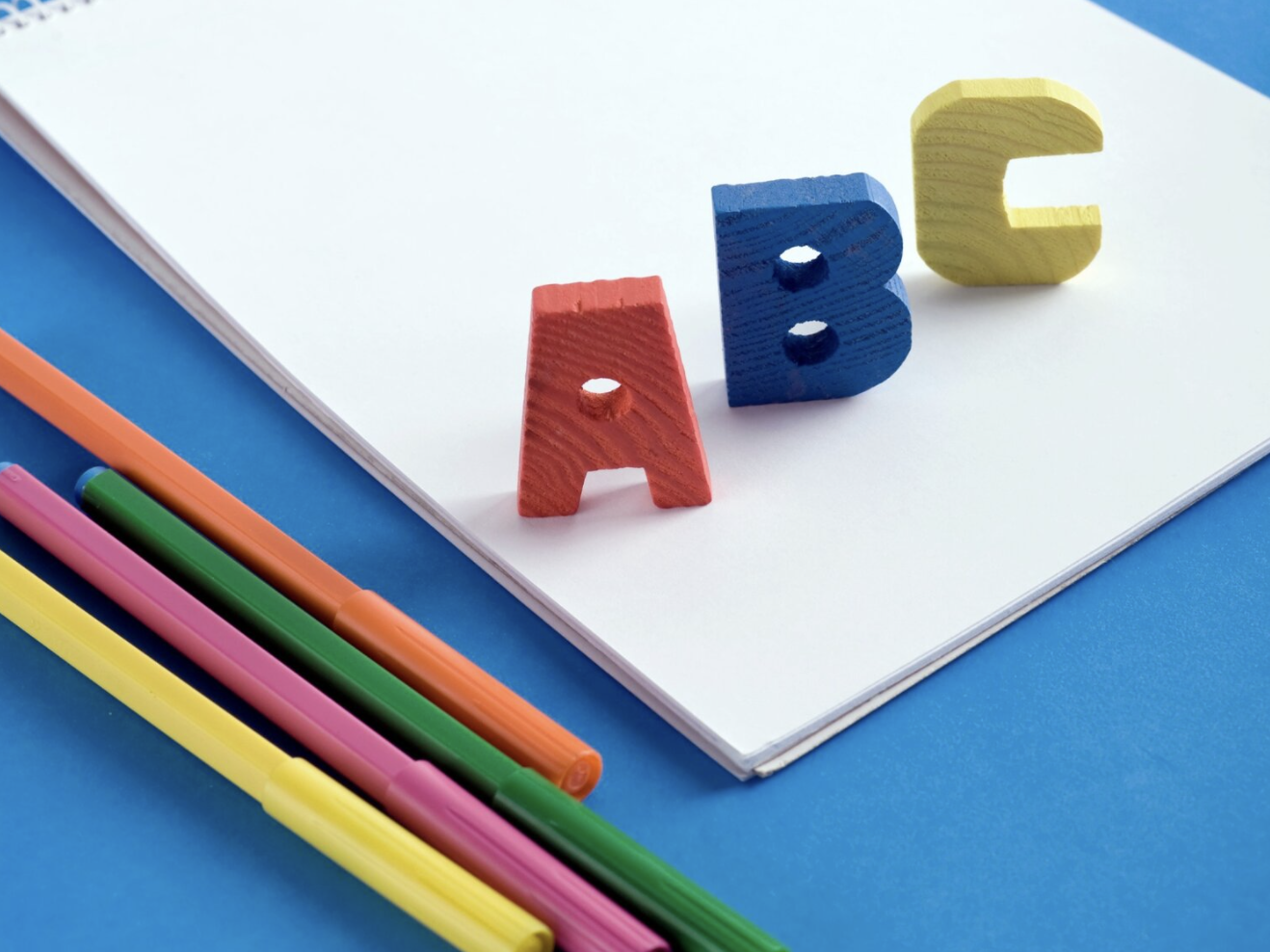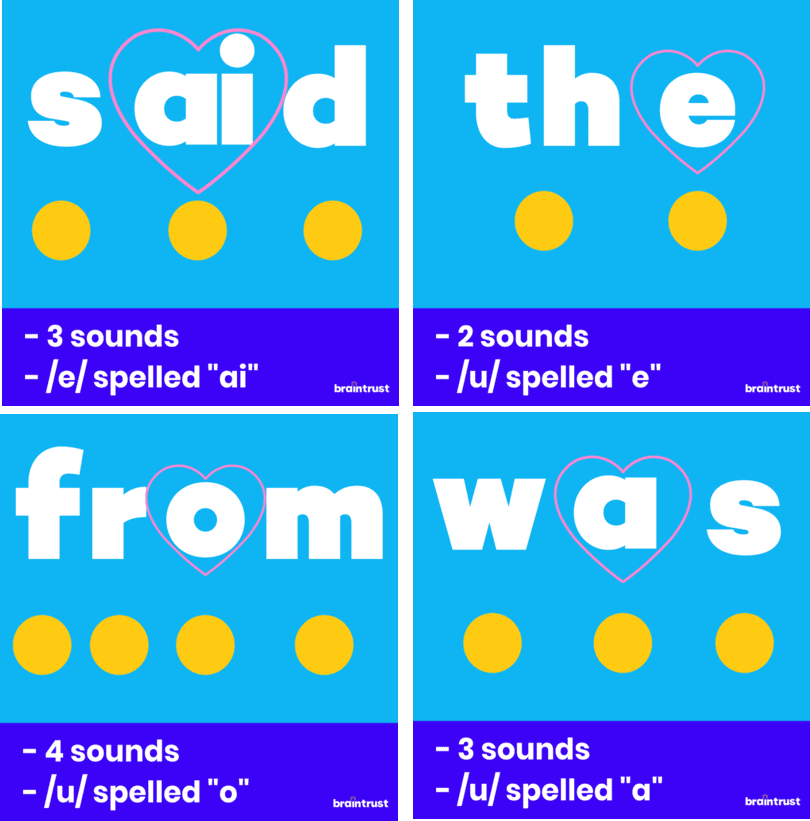
Learning should happen through all five senses as much as possible. When learning is multi-sensory, it becomes deeper and lasts longer. It also provides learners with multiple modes of working with the content.
Many of us associate learning phonics with seeing and saying individual letter sounds, then combinations of letters, and eventually full words. While this more traditional method has a prominent place in phonics instruction, it should by no means be the only strategy. Here are some effective multisensory ways to help students learn how to decode (or sound out).
Writing with fingers
Some students are able to learn their letters sounds and develop the fine motor skills needed to hold a pencil at the same time. For many students, however, the challenge of the pencil grip distracts a student from internalizing letter formation and corresponding sound. Separating the two by having students practice letter formation with their fingers can help them solidify how letters are formed without needing to worry about pencil grip, correct pressure, and all of the fine motor skills needed to hand write. The possibilities for writing with fingers are endless. Simple air writing is a great strategy for introducing letter formation. Shaving cream and sand are other popular materials and are fun for kids to get their hands in!
Tapping out sounds
For many students, especially those who struggle to retain letter sounds and put sounds together effectively, it helps to add a kinesthetic component. One way to incorporate sense of touch into students’ phonics instruction is to have them tap out sounds while they read. Using one or two fingers, students can gently tap their arm, their lap, or a table, using one tap for each individual phoneme. As students learn to blend, or put sounds together fluently, the taps can turn into strokes. This represents the transition from making choppy, individual sounds, to putting the sounds together to make full words. The physical component that this method incorporates can help students make stronger connections as they learn letter sounds.
Using letter manipulatives
Another great way for students to practice putting sounds together is to use letter manipulatives. These are small, pre-made letter shapes or pieces of paper with individual sounds on them. Students use the individual letters to create syllables or whole words. This method lets them work gradually by starting with one sound and adding each subsequent sound one at a time. If the student is able to say the sounds together as they are creating the word, this further reinforces the sounds they are working with.
Using texture
Students who are tactile learners benefit from learning their letter sounds paired with textures. This can be done by using objects like sandpaper for cut-out letters. You can also have students “write” a letter in glue, then have them cover the glue in glitter. Once the glue dries, they have a very tactile (and sparkly!) opportunity to practice the letter and its sound(s).
Using whole body movement
Finally, kinesthetic learners also benefit from incorporating their whole body into learning phonics. Using their bodies to create different letters while they say the letter name/sound helps them to remember the way the letters look and sound. Even students who are not kinesthetic learners love movement activities like this. They get to be silly, have fun, and learn deeply!
Conclusion
The most effective phonics instruction carefully balances research-backed, explicit instruction with effective reinforcement activities like the ones outlined here. Either method of learning phonics won’t be nearly as effective on its own. Only when students receive a truly multisensory learning experience do they have the greatest chance of becoming successful readers.




